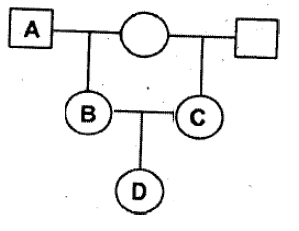TLS Online TPP Program
More Questions
TLS Online TPP Program
#Question id: 12314
#Section 1: Ecology
Optimal foraging involves all of the following except
TLS Online TPP Program
#Question id: 12313
#Section 1: Ecology
Modern behavioural concepts relate the cost of a behavior to its benefit. Under which relationship might a behavior be performed?
TLS Online TPP Program
#Question id: 12312
#Section 1: Ecology
Feeding behavior with a high energy intake- to- expenditure ratio is called
TLS Online TPP Program
#Question id: 12311
#Section 1: Ecology
Animals tend to maximize their energy intake- to- expenditure ratio. What is this behavior called?
TLS Online TPP Program
#Question id: 12310
#Section 1: Ecology
Which of the following statements about evolution of behavior is correct?
TLS Online TPP Program
#Question id: 12287
#Section 1: Ecology
Food chains are sometimes short because

